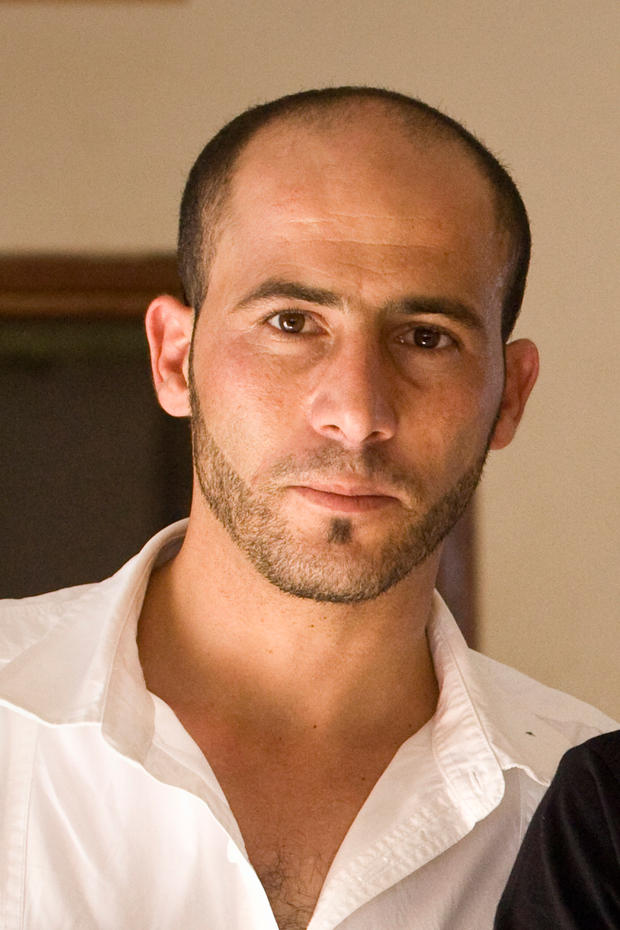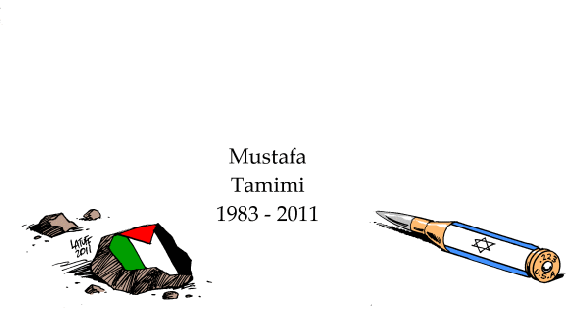Tag: Mustafa Tamimi
-
21 arrested in Nabi Saleh demonstration commemorating the death of Mustafa Tamimi
16 December 2011 | Popular Struggle Coordination Committee Soldiers attacked the peaceful demonstration, shooting tear-gas projectiles directly at protesters. 21 were arrested in an attempt to block the entrance to Halamish settlement and to reach the village’s confiscated spring Hundreds joined the weekly demonstration in Nabi Saleh today, marking the killing of Mustafa Tamimi (28), who…
-
The death of a stone-thrower
by Jonathan Pollak 13 December 2011 | Haaretz Mustafa Tamimi threw stones. Unapologetically and sometimes fearlessly. Not on that day alone, but nearly every Friday. He also concealed his face. Not for fear of the prison cell, which he had already come to know intimately, but in order to preserve his freedom, so he could…
-
I was Mustafa Tamimi
by Refaat Alareer 12 December 2011 | In Gaza, My Gaza! Fifteen years ago I was Mustafa Tamimi. Two months before that it was a relative who had his skull smashed by an explosive bullet from an Israeli sniper. Later that same week another neighbor lost his eye. Before and since then, the same situation…


